Baphuon is a mountain temple representing Mount Meru, the temple of Shiva. The temple was originally called “Tri Phuon Jonamani”, after which the name Phu Wun became Phuon, the word Phuon means “the ruler of the three worlds”. In front of the temple facing east is a 200-meter x 2.50-meter walkway with 547 round pillars arranged evenly. This bridge was built to represent the road from the land of the living to heaven. To the left of the bridge is a pond measuring 37m x 28m, adorned with sandstone staircases.
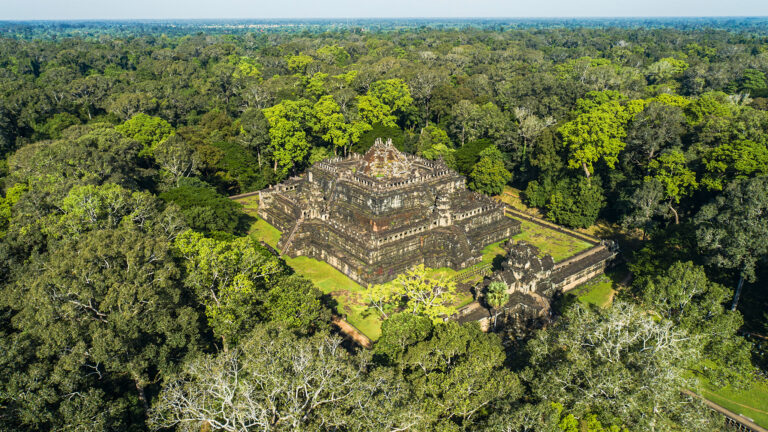
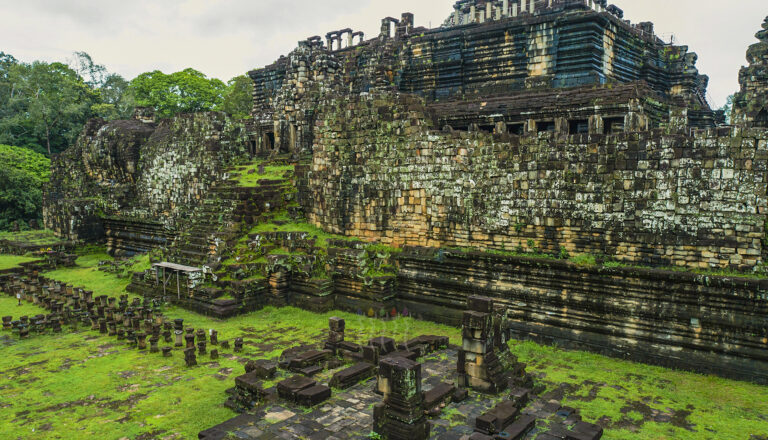
The temple is a large pyramid, 35 m high, divided into three tiers, which King Udayadityavarman II built in the 11th century to hold a Linga on the top floor. The great experts who once restored the temple in an emergency or repaired it for a long time in some parts have all agreed that the engineering used to build the temple for the first time was flawed from the beginning. In the history of the restoration of Angkor archeological sites, this Baphuon temple has been repaired many times. The last major renovation was in the 1960s, after which it was suspended for several years and then resumed in 1995 for another 14 years.

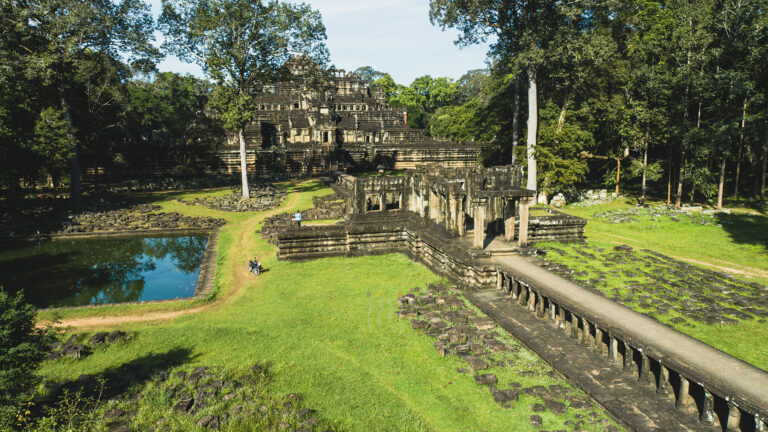
Not to mention the pediments and lintels, the embossed sculptures are always presented in separate frames with different stories. Sometimes it depicts a scene from a fairy tale that we know, while others depict different aspects of the daily lives of ordinary people. But often they find strange images that are difficult to interpret what the sculptor wants to convey.
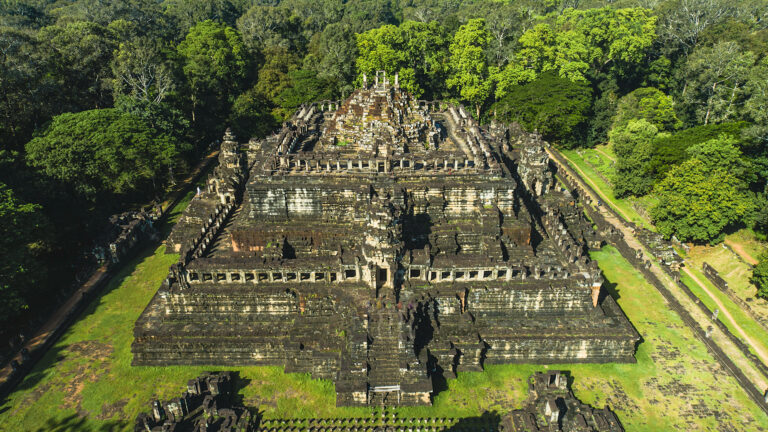

Dedication to Shiva, the original meaning of the temple, was abandoned in the 16th century to convert to full-fledged Buddhism. At that time, countless stones were reclaimed from the second floor on the west side into a 60-meter-long Nirvana Buddha statue. It was at that time that Baphuon Temple was rebuilt for a while. The transformation of the original architecture to serve the new religion on such a large scale is only possible at Phnom Bakheng Temple, south of Angkor Thom.

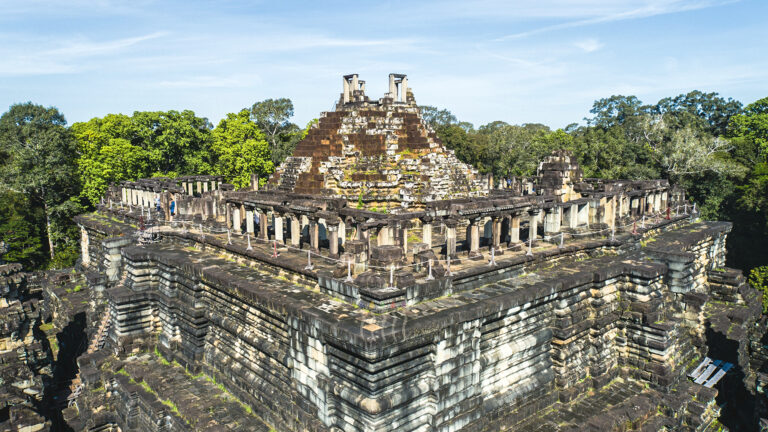
Article: Department of Research, Training and Communicatio Photos: Chea Vannak Reference: https://apsaraauthority.gov.kh/
